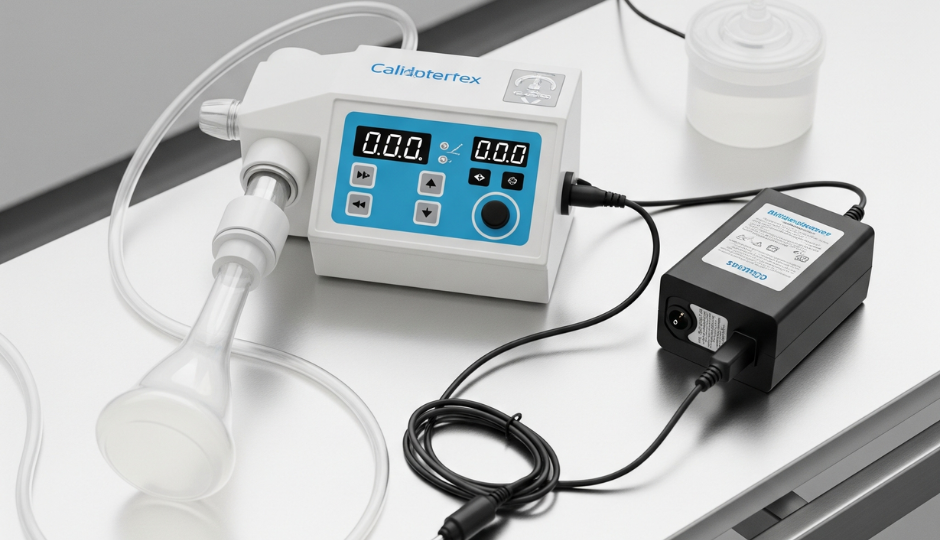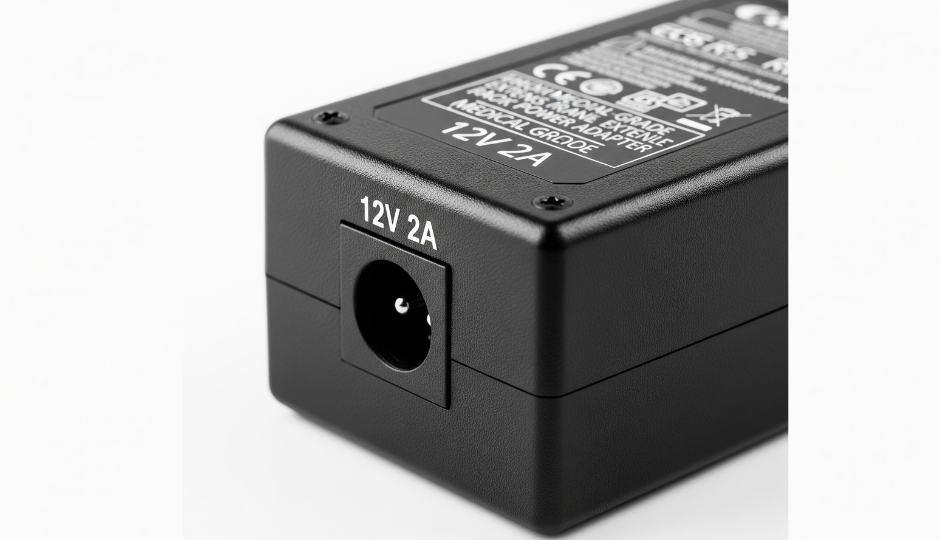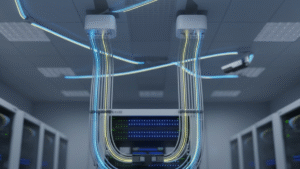Is your enema machine not turning on? The issue might be your power adapter. This often-overlooked component plays a critical role in ensuring safe and reliable operation.
Why Do Enema Machines Have Special Power Requirements?
As medical support devices, enema machines require stable, reliable power sources with excellent electrical isolation and low interference. These devices often include modules such as:
- Heating systems
- Fluid injection controls
- Electronic interfaces
If the power source is unstable or incompatible, you may experience:
- Unresponsive control panels
- Sudden stops during treatment
- Overheating or malfunction of temperature controls
- Electromagnetic interference (EMI) with nearby equipment
That’s why selecting a high-quality external power adapter is not just about powering the device—it’s about ensuring operational safety and clinical efficiency.

5 Key Specifications When Choosing a Power Adapter
1. Match the Output Voltage and Current
The most basic—but vital—requirement. Determine your machine’s power rating:
- Portable enema devices may require 12V, 1–2A
- Professional-grade medical units may need 24V, up to 5A
Voltage must match exactly. Currently, ensure a 10–20% safety margin above the rated draw.
2. Medical Safety Certifications
As medical equipment, enema machines require adapters certified under IEC 60601-1 and similar standards, covering:
- Leakage current
- Electrical isolation
- EMI/EMC compliance
Look for adapters with CE, UL, CB, FDA, or RoHS markings and specific medical-grade certification.
3. Moisture and Corrosion Resistance
Since enema procedures involve liquids, the power adapter must have at least IPX1 to IPX4 ingress protection. The casing should resist damage from hospital-grade cleaning agents.
4. Low Ripple and High Stability
A quality adapter should offer low ripple noise (<120mVp-p) and strong load regulation. Look for models with active PFC (power factor correction) for stable, efficient power delivery.
5. Compact Design and Connector Compatibility
Space in clinical environments is limited. Check dimensions, cable length, and connector type. The most common are 5.5/2.1mm barrel jacks or custom medical connectors.

External vs Internal Power Supply: Which Is Better for Enema Devices?
| Feature | External Adapter | Internal Power Module |
|---|---|---|
| Heat Management | Better (heat moved outside) | Risk of heat buildup |
| Maintenance | Easy to replace | Requires device teardown |
| Cost | Lower and scalable | Higher and fixed |
| Space Efficiency | Uses external space | Internal footprint compact |
Conclusion: Most modern enema machine manufacturers prefer external adapters for modularity, ease of replacement, and better compliance with medical safety protocols.
Example Adapter Specifications for Enema Machines
| Parameter | Recommendation |
|---|---|
| Output Voltage | 12V / 24V |
| Output Current | 1A – 5A |
| Power Rating | 12W – 60W |
| Input Voltage | 100–240VAC |
| Certifications | IEC 60601-1, CE, FCC, RoHS |
| Protection | IPX1 or higher |
| Connector Type | DC 5.5/2.1mm or custom plug |

Common Mistakes & Expert Tips
⚠ Mistake 1: Ignoring Certifications
A non-compliant adapter might function, but poses serious safety risks in clinical settings.
⚠ Mistake 2: Connector Mismatch
Even with correct voltage and current, using the wrong plug size or polarity will lead to failure.
✅ Pro Tip:
Work with power supply vendors experienced in medical applications. Many offer customized solutions tailored to your device’s power and mechanical requirements.
Final Thoughts: Small Component, Big Responsibility
A properly chosen external power adapter ensures your enema machine operates smoothly, safely, and efficiently. It may seem like a minor accessory, but it holds the key to reliable patient care. Don’t compromise—choose certified, compatible power solutions.




